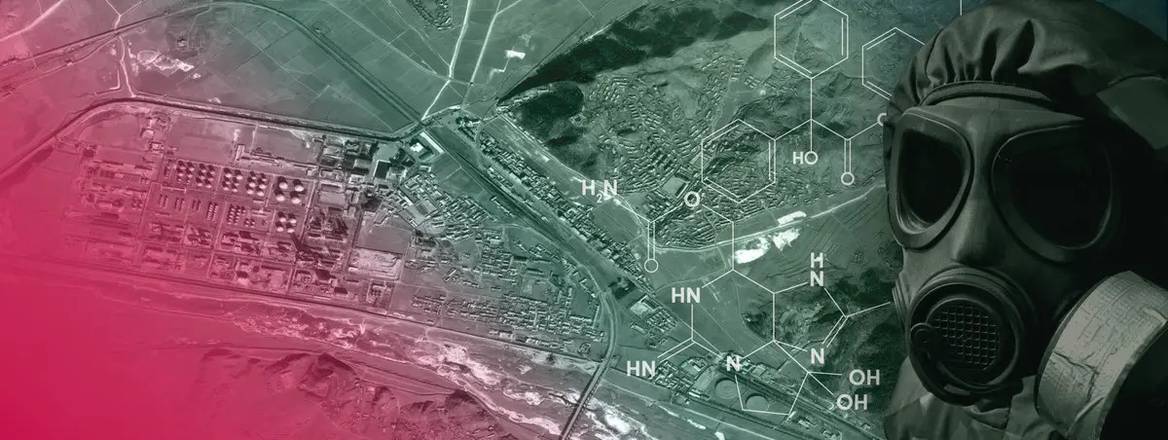Raw Materials for Potential Chemical Warfare Agents: Technical Assessment 1
This report outlines the chemical steps required to produce key precursor chemicals required to support chemical weapons. It considers the upstream and downstream processing steps from raw materials, such as coal, that could potentially give North Korea access to those precursor chemicals.
Executive Summary
Understanding the raw materials and precursor chemicals required to support a chemical weapons (CW) programme is an important foundation stone in an assessment of whether North Korea’s chemical industry possesses adequate infrastructure and capability to support such a programme.
This report outlines the chemical steps required to produce those key precursor chemicals. It considers the upstream and downstream processing steps from raw materials, such as coal, that could potentially give North Korea access to those precursor chemicals.
While the primary purpose of this report is to serve as a point of reference to identify relevant chemicals for the Project Anthracite team, it will also serve as a useful reference for those engaged in similar work.
The analysis in this report is insufficient to determine whether North Korea is engaged in the production of chemical warfare agents (CWAs), but it does identify the chemical processes that would be required to sustain a CW programme. The availability of raw materials, coupled with the availability of basic technology, strongly supports the premise that North Korea can produce simple agents, such as sulfur mustard. There is, however, a greater degree of technical capability needed to produce nerve agents, and this capability may not be immediately obvious in North Korea’s chemical industry.
This report is unique in that it considers the whole range of chemical processes and raw materials required to produce CWAs and does not assume the availability of chemical precursors. Instead, it traces the CWAs, which are relatively complex molecules, back to their roots in raw materials and minerals such as coal and apatite.
- Jim McLeanMedia Relations Manager+44 (0)7917 373 069JimMc@rusi.org

